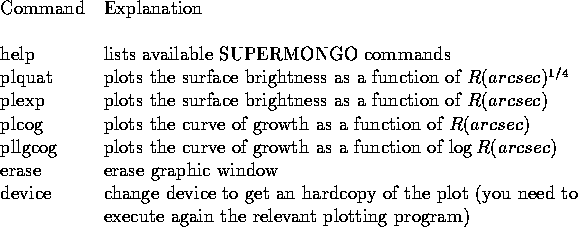

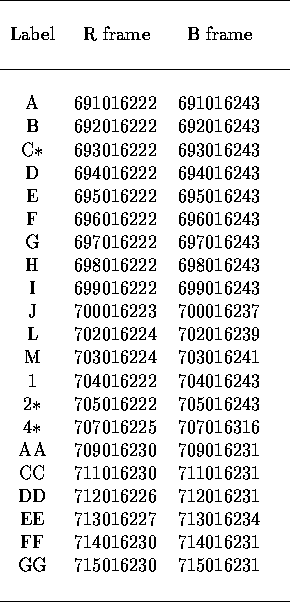
Table 1: The galaxies of A2589
Figure 1: The family of elliptical galaxies, from
Mihalas and Binney (1981). The galaxies shown are, from top left to
bottom right, NGC 4636 (E0), NGC 4278 (E1), NGC 4406 (E3), NGC 4697
(E5), NGC 3377 (E6), NGC 3115 (E7/S0)
Figure 2: TOP: The family of spiral galaxies, from
Mihalas and Binney (1981). (a) The Sa galaxy NGC 2811. (b) The Sb
galaxy NGC 2841. (c) NGC 268 (Sc). BOTTOM: The family of barred spirals. (a) NGC 2859
(SB0). (b) NGC 175 (SBab). (c) NGC 1300 (SBb). (d) NGC 2525 (SBc).
Figure 3: The S0 galaxy NGC 1201, from Mihalas and Binney (1981).
Figure 4: Finding chart for the northern part of the cluster A2593. East
to the left, North to the top.
Figure 5: Finding chart for the southern part of the cluster A2593. East
to the left, North to the top.
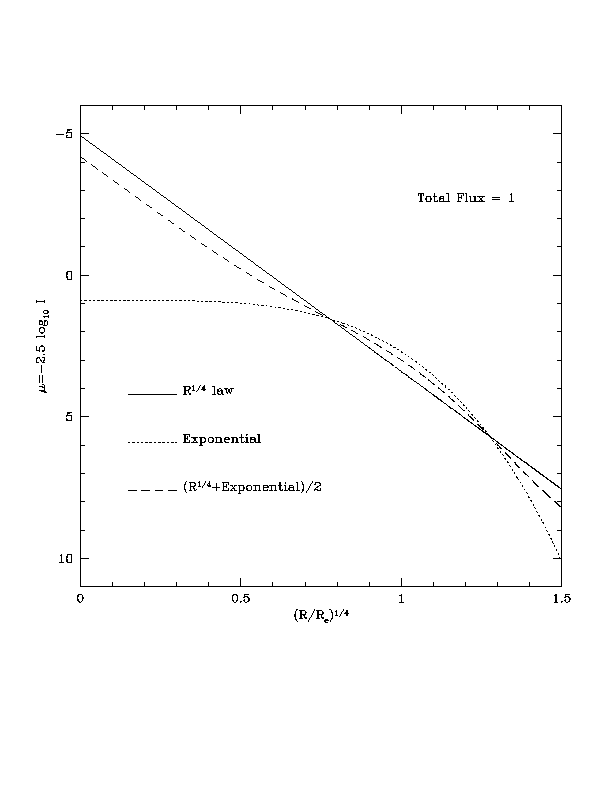
Figure 6: The surface brightness of the  law (full line, see Eq.
14), of the exponential law (dotted line, see Eq. 15),
and of the sum of the two (long dashed line) as a function of the 1/4
power of the distance from the center normalized to the
half-luminosity radius. All of the functions are normalized to have a
total flux of 1.
law (full line, see Eq.
14), of the exponential law (dotted line, see Eq. 15),
and of the sum of the two (long dashed line) as a function of the 1/4
power of the distance from the center normalized to the
half-luminosity radius. All of the functions are normalized to have a
total flux of 1.
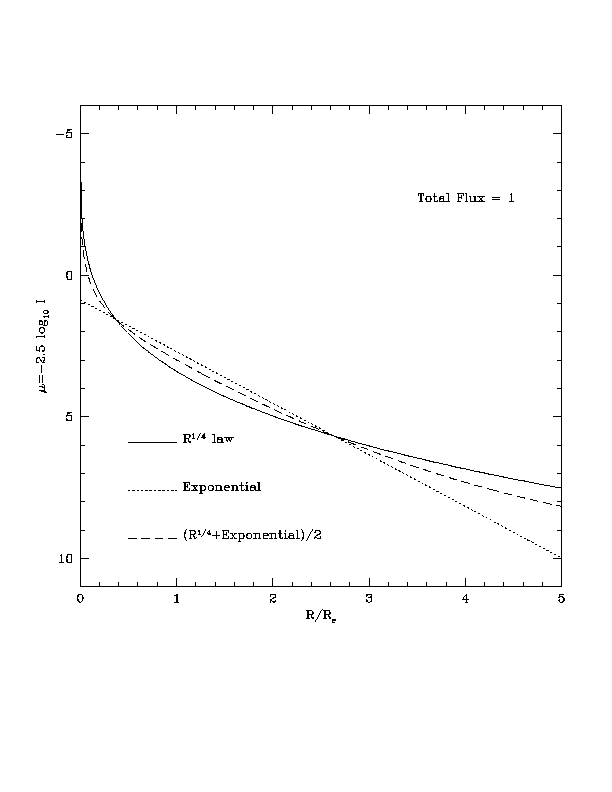
Figure 7: The surface brightness of the  law (full line, see Eq.
14), of the exponential law (dotted line, see Eq. 15),
and of the sum of the two (long dashed line) as a function of the distance
from the center normalized to the half-luminosity radius. All of the functions
are normalized to have a total flux of 1.
law (full line, see Eq.
14), of the exponential law (dotted line, see Eq. 15),
and of the sum of the two (long dashed line) as a function of the distance
from the center normalized to the half-luminosity radius. All of the functions
are normalized to have a total flux of 1.
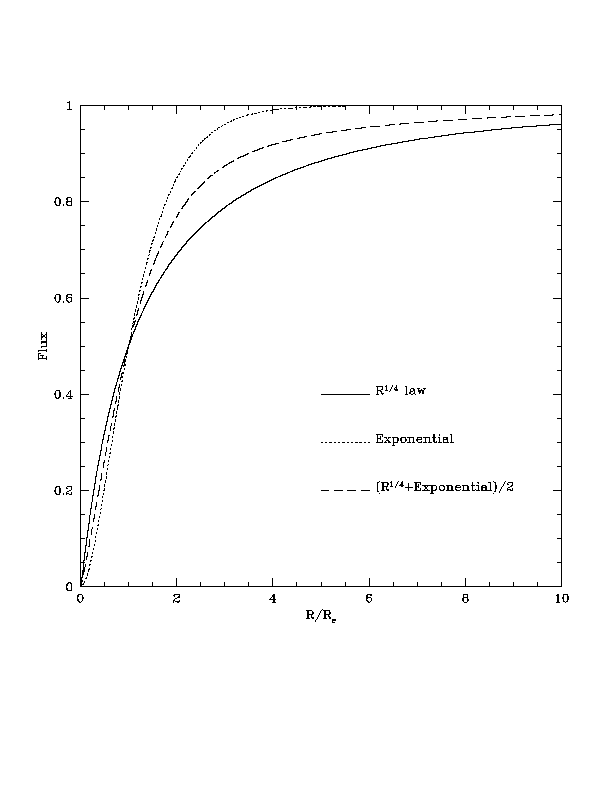
Figure 8: The total flux of the  law (full line, see Eq.
14), of the exponential law (dotted line, see Eq. 15),
and of the sum of the two (long dashed line) as a function of the distance
from the center normalized to the half-luminosity radius. All of the functions
are normalized to have a total flux of 1.
law (full line, see Eq.
14), of the exponential law (dotted line, see Eq. 15),
and of the sum of the two (long dashed line) as a function of the distance
from the center normalized to the half-luminosity radius. All of the functions
are normalized to have a total flux of 1.
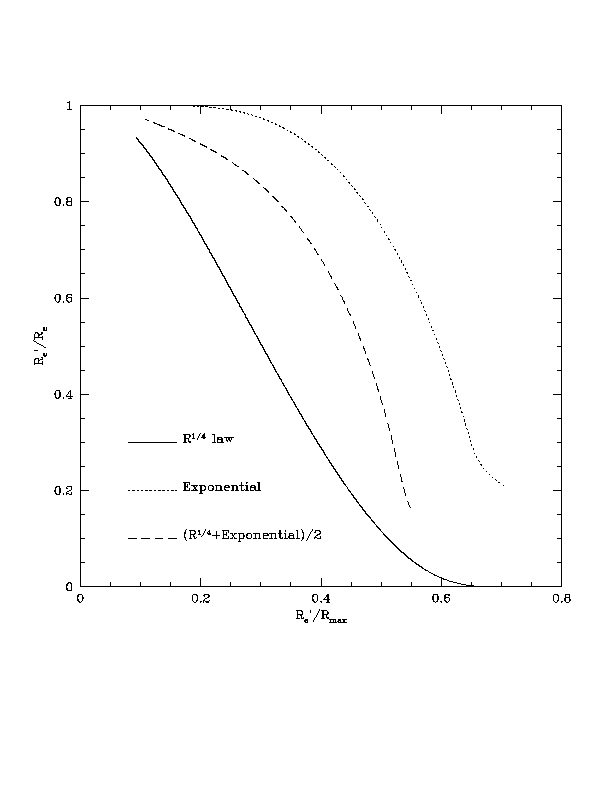
Figure 9: The relation between  and
and  (see Section
2.4) for the
(see Section
2.4) for the  law (full line, see Eq.
14), the exponential law (dotted line, see Eq. 15),
and of the sum of the two (long dashed line).
law (full line, see Eq.
14), the exponential law (dotted line, see Eq. 15),
and of the sum of the two (long dashed line).
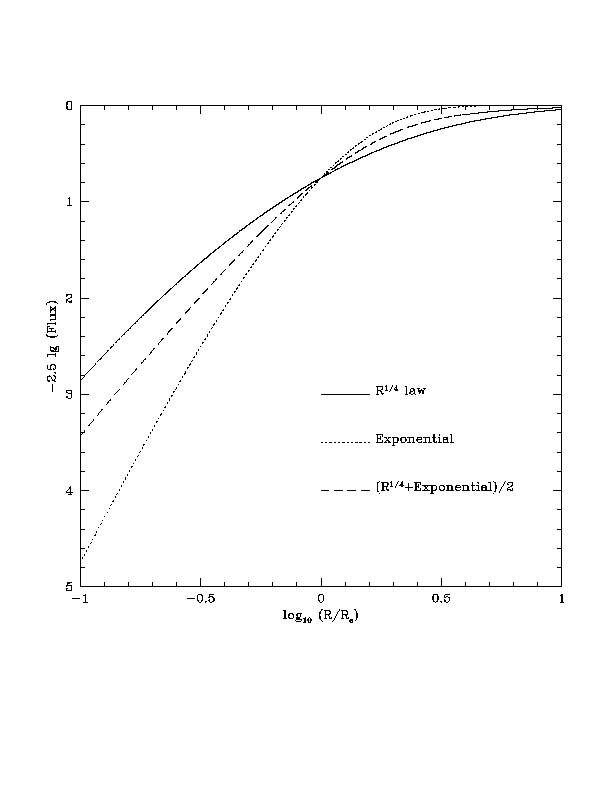
Figure 10: The integrated magnitudes of the  law (full line, see Eq.
14), of the exponential law (dotted line, see
Eq. 15), and of the sum of the two (long dashed line) as a
function of the logarithm of the distance from the center normalized
to the half-luminosity radius. All of the functions are normalized to
have a total flux of 1.
law (full line, see Eq.
14), of the exponential law (dotted line, see
Eq. 15), and of the sum of the two (long dashed line) as a
function of the logarithm of the distance from the center normalized
to the half-luminosity radius. All of the functions are normalized to
have a total flux of 1.